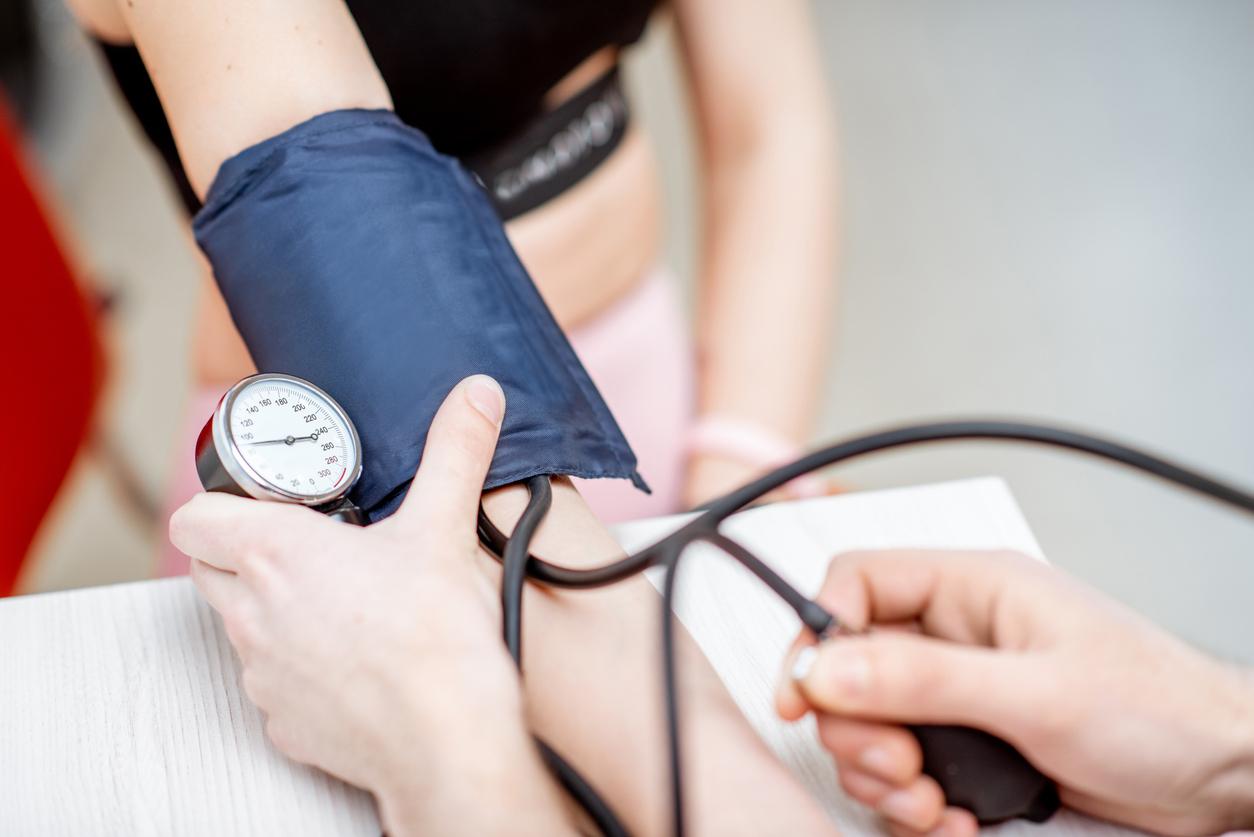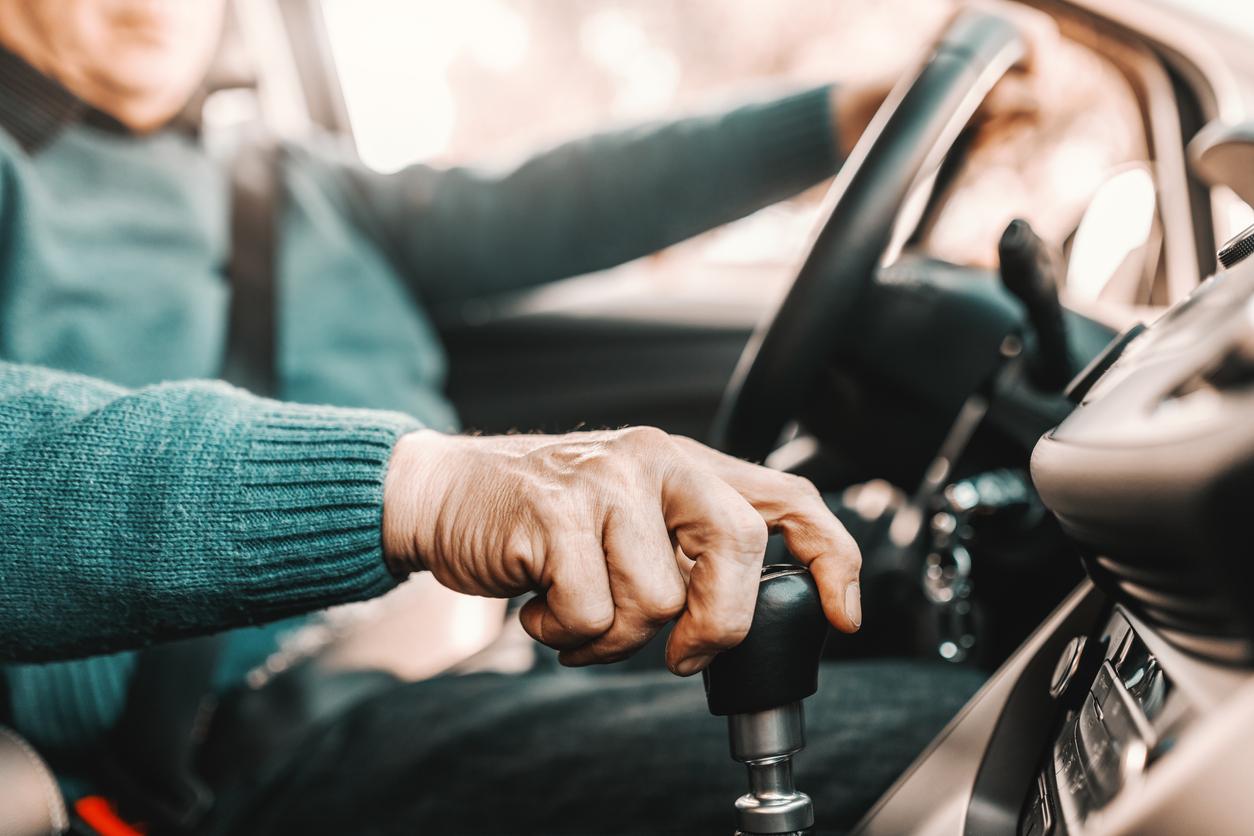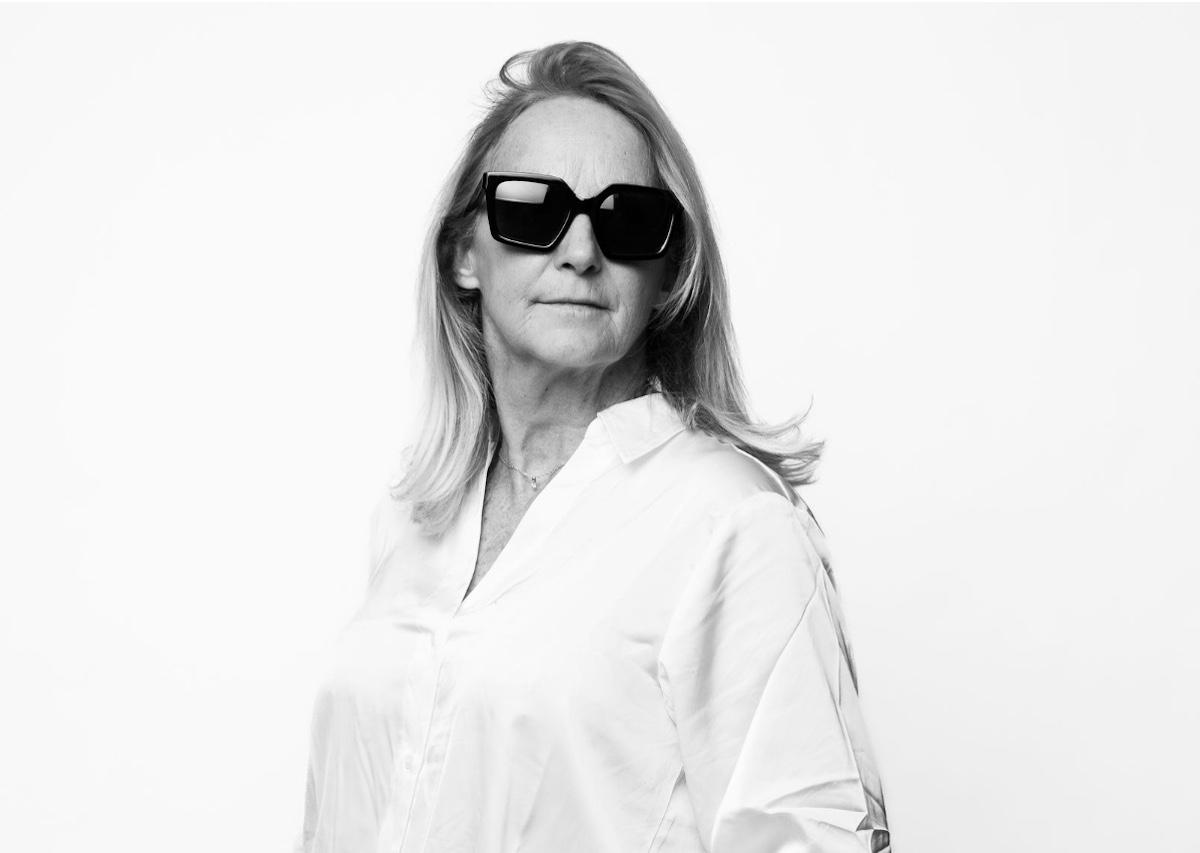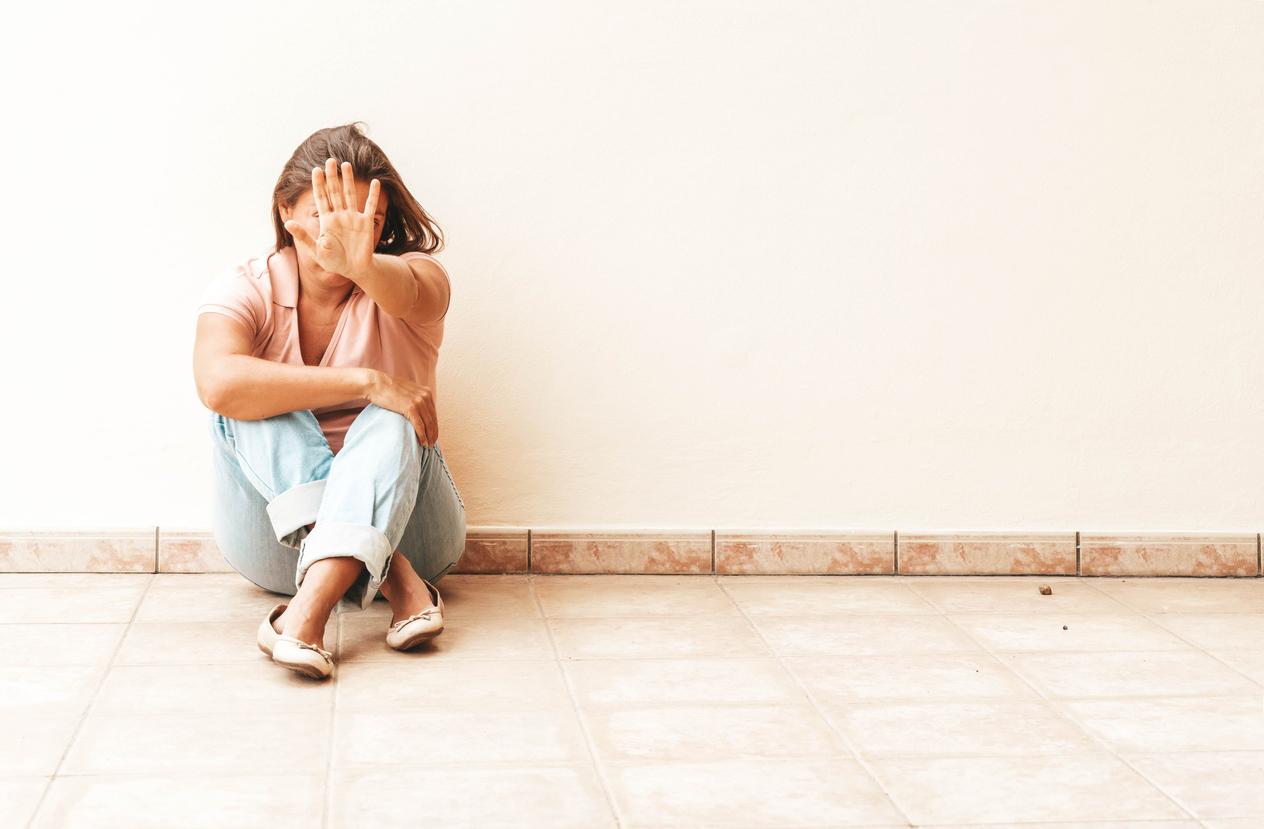The visit to the doctor can be accompanied by stress, which promotes high blood pressure and can reveal false hypertension.

- About 30% of patients have a stress or alarm reaction to a doctor that causes their blood pressure to rise.
- Do not confuse blood pressure with hypertension, which is a chronic disease.
- The diagnosis of the disease must therefore be made at home with blood pressure monitoring several times a day for several days.
A silent disease, arterial hypertension (HTA) would affect, according to a study by Public Health France, more than one in three French people, half of whom would be unaware of their condition and therefore would not take any treatment. It is therefore essential to check your blood pressure regularly. But beware of the white dung effect which can lead to false results. Indeed, the visit to the doctor causes stress in some patients, leading to increased blood pressure and falsifying the results.
The definition of hypertension
Resistant hypertension is defined by Jacques Amar, coordinator of the arterial hypertension department of Toulouse University Hospital, as “hypertension where blood pressure remains above blood pressure targets while the patient is receiving antihypertensive therapy, typically three drugs including a diuretic.” Concretely, this means that blood pressure remains above the recommended target of 140 and/or 90 mmHg in a sitting position despite the combination of triple hypertensive therapy and lifestyle and dietary rules.
30% of patients affected by the white coat effect
Sometimes screening for hypertension can be tricky. “In the office, something a little special can happen, the so-called white dung effect.continues Professor Atul Pathak, cardiologist at the Princess Grace Hospital in Monaco and president of the French Society of Arterial Hypertension. When they see a white coat, some patients, we think 30%, have a stress or alarm reaction that causes their blood pressure to rise but does not mean they have high blood pressure. . Often our patients confuse blood pressure with hypertension, which is a chronic disease..”
To avoid this risk, doctors ask patients to measure their blood pressure at home. “In the office, it’s screening, the identification of a signal, but it’s not the diagnosis that is made outside the doctor’s office,” says Atul Pathak. This screening is done according to protocols, which doctors share, of repeated measurements in the morning, in the evening for several days in a row. If the average of these home blood pressures is above 135 – 85, or 13.5 – 8.5, then this is a sign of true high blood pressure..”
Below, the program Questions aux Experts on the theme: “Hypertension, a silent but dangerous disease”:

.















